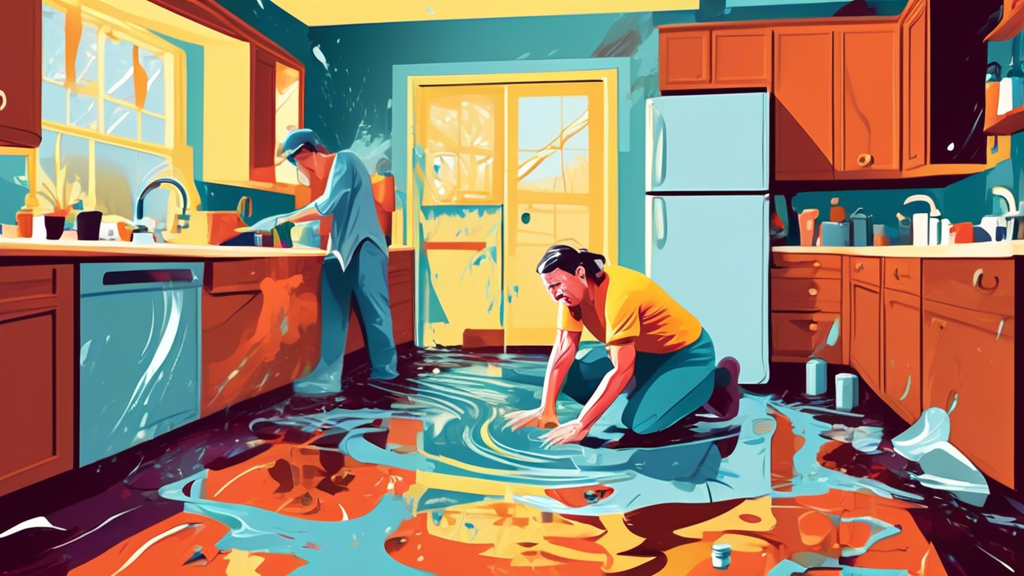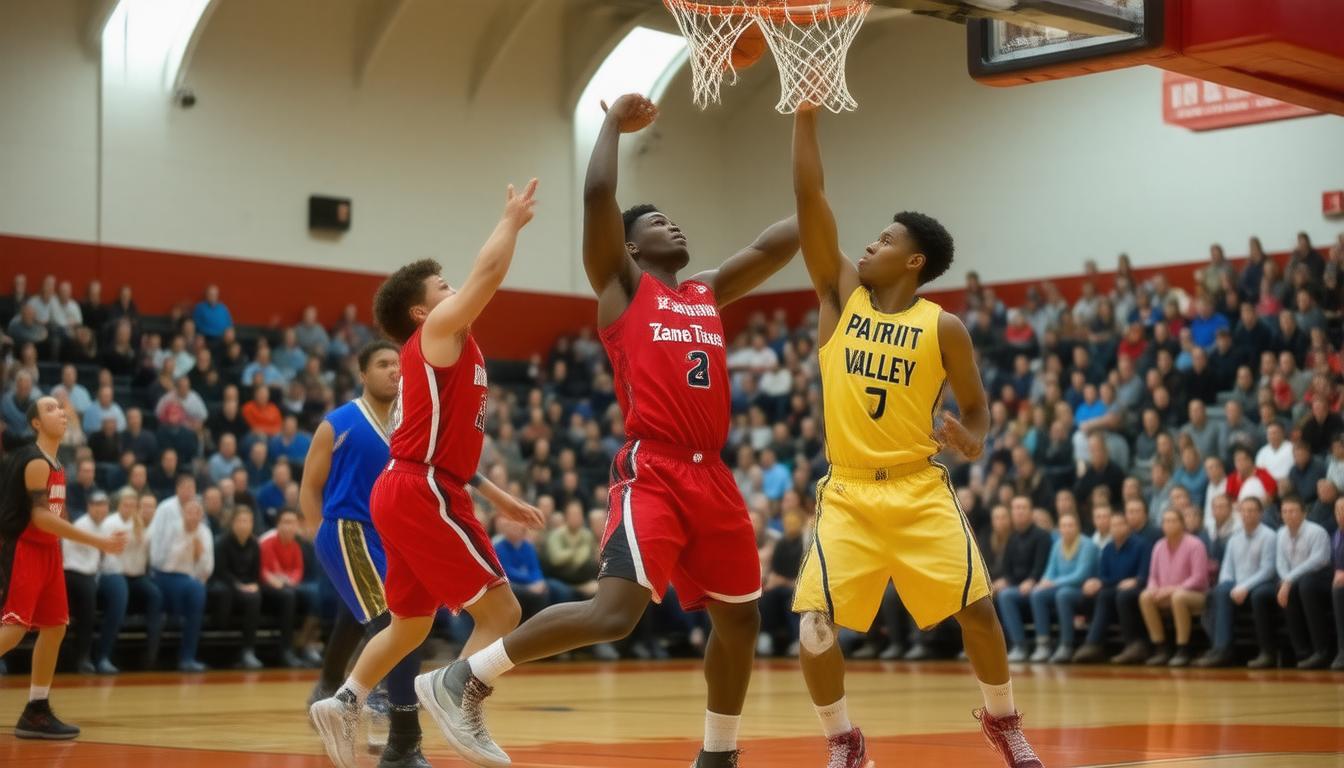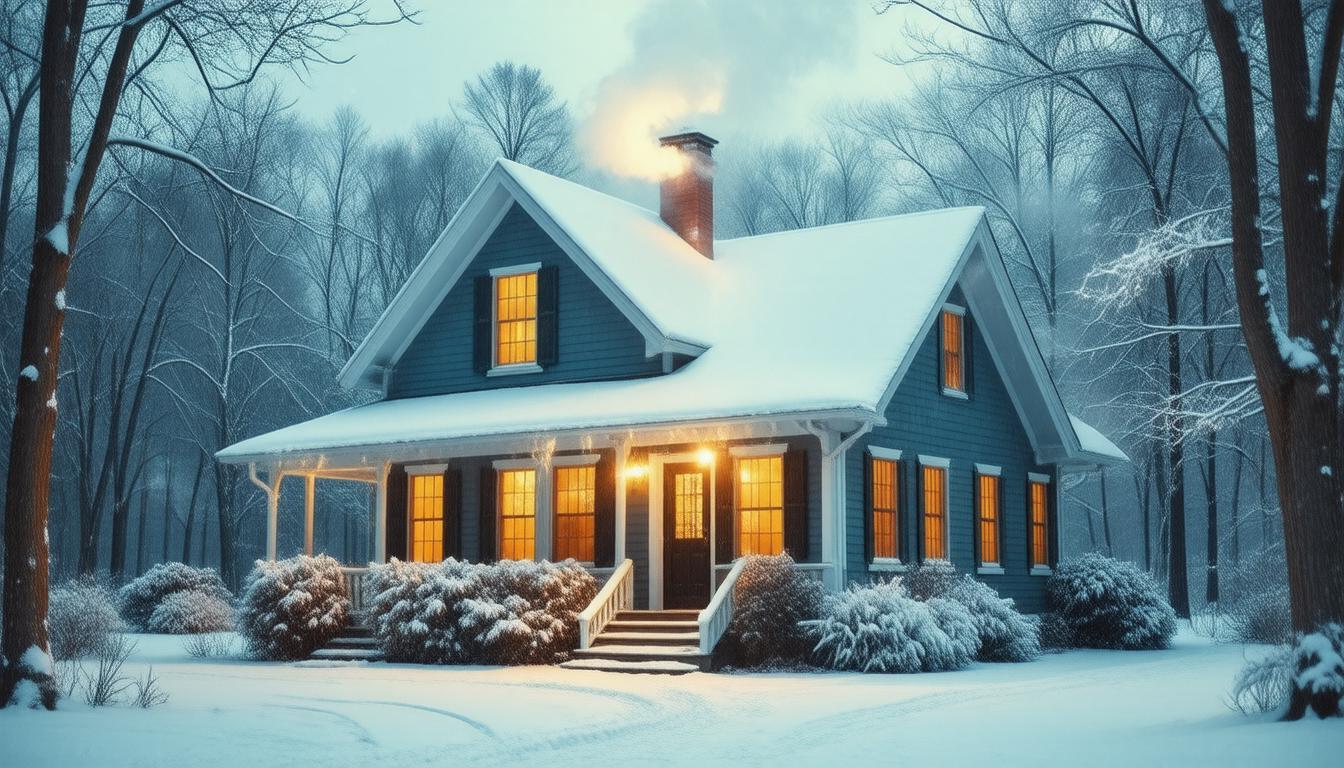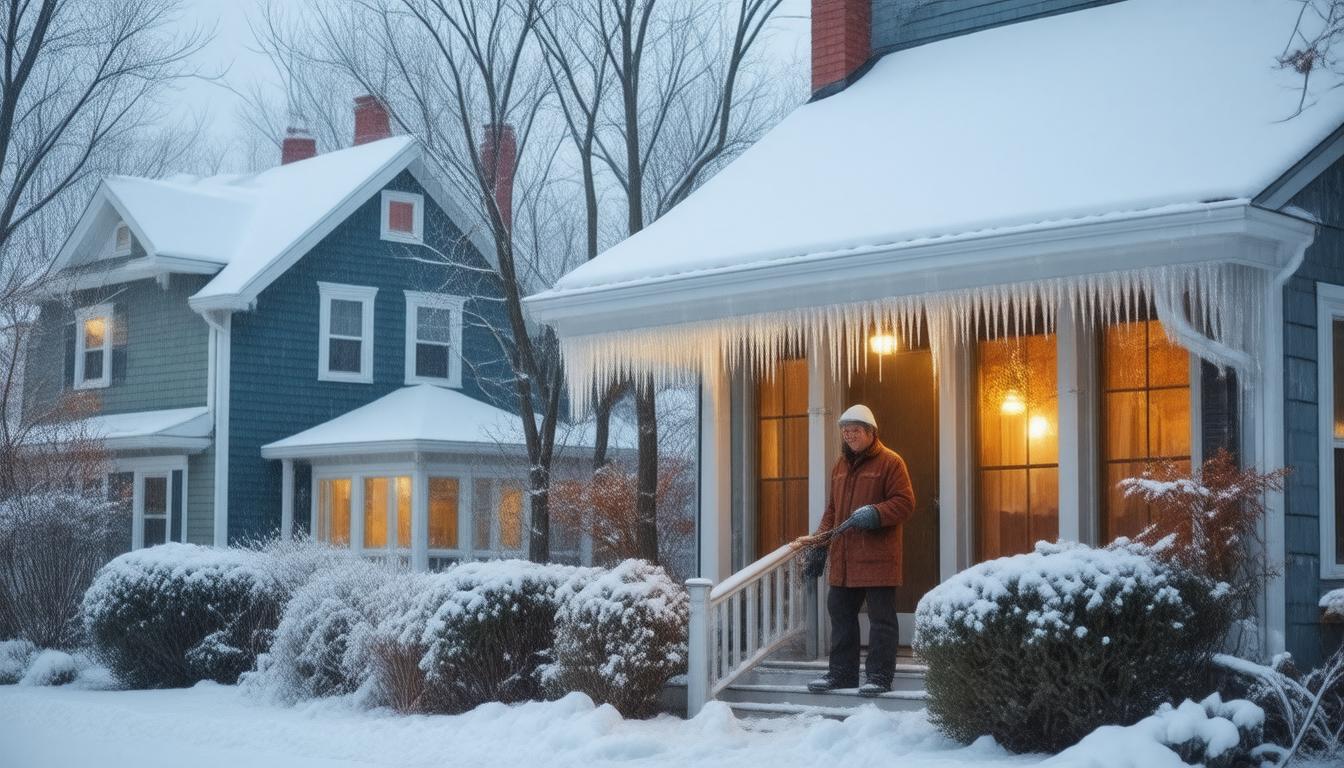

Understanding Plumbing Leaks and Issues
Plumbing systems are integral to the functionality and comfort of our homes and businesses. However, they are also prone to a variety of problems that can lead to significant inconvenience and potentially costly damage. One of the most common and troublesome plumbing issues is leaks. This article will explore the various types of plumbing leaks, their causes, signs to watch for, and potential solutions.
Common Types of Plumbing Leaks
There are several types of leaks that can occur in a plumbing system. Understanding these can help in early detection and remediation:
Faucet Leaks
Faucet leaks are often due to worn-out washers, gaskets, or seals within the faucet assembly. This is characterized by a continuous drip of water, even when the faucet is turned off. While it might seem minor, a dripping faucet can waste a significant amount of water over time.
Pipe Leaks
Pipes can develop leaks due to corrosion, high water pressure, or physical damage. Leaks in pipes can be difficult to detect as they often occur behind walls or underground. Signs include damp spots, mold growth, or an unexplained increase in water bills.
Toilet Leaks
Toilet leaks can happen at the base, around the tank, or through the flapper valve. A running toilet can waste hundreds of gallons of water daily. In some cases, toilet leaks also lead to floor and subfloor damage.
Water Heater Leaks
Water heater leaks can arise from the tank itself due to sediment buildup or from the connections and valves. Leaking water heaters often need prompt attention as they can cause significant flooding and damage.
Causes of Plumbing Leaks
Several factors contribute to the development of leaks in plumbing systems:
Age and Wear
As plumbing systems age, materials such as pipes, seals, and joints can deteriorate and become vulnerable to leaks. Regular maintenance can help extend the lifespan of these components.
High Water Pressure
Excessive water pressure can stress pipes and fittings, leading to leaks. It’s essential to maintain appropriate pressure levels in your plumbing system to prevent damage.
Corrosion
Exposure to water and other chemicals can lead to corrosion of pipes, particularly in metal piping systems. Corrosion weakens the structural integrity of pipes, making them more likely to leak.
Temperature Fluctuations
Extreme temperature changes can cause pipes to expand and contract, which may lead to cracks and leaks, especially in areas that experience freezing temperatures.
Signs of Plumbing Leaks
Detecting plumbing leaks early can save you from costly repairs and water damage. Here are some signs to watch for:
Unusual Water Bills: A sudden spike in your water bill without any apparent reason could indicate a hidden leak.
Water Stains: Discoloration on walls, ceilings, or floors signals a potential leak behind these surfaces.
Musty Odors: Persistent musty or moldy smells can be a sign of hidden water accumulation due to leaks.
Sound of Running Water: Hearing water running when all faucets and appliances are off is a clear indication of a leak.
Damp Spots or Pooling Water: Visible water damage, pools of water, or damp patches on floors and walls are direct signs of a leak.
Solutions and Prevention
Addressing plumbing leaks requires both immediate action and preventive measures to avoid reoccurrence:
Immediate Repairs
Once you identify a leak, it’s crucial to take immediate action. This might involve shutting off the water supply to prevent further damage and contacting a professional plumber for repairs. Temporary fixes like pipe clamps or plumber’s tape can provide short-term solutions until professional help arrives.
Regular Maintenance
Regular inspections of plumbing fixtures, pipes, and connections can help detect and address potential issues before they lead to major leaks. Professional plumbers can offer maintenance services that include checking for leaks, pressure testing, and ensuring all seals and joints are in good condition.
Upgrading Materials
Older systems may benefit from upgrading to more durable and modern plumbing materials. Replacing outdated pipes with newer, corrosion-resistant materials can significantly reduce the risk of leaks.
Water Pressure Regulation
Installing pressure regulators can help maintain safe water pressure levels, reducing stress on pipes and fittings.
Insulation and Protection
Insulating pipes, especially those exposed to extreme temperatures, can prevent temperature-induced leaks. Protective measures during construction, such as proper spacing and installation techniques, can also enhance the longevity of the plumbing system.
Conclusion
Plumbing leaks and issues, while common, can be managed effectively with early detection and proper maintenance. By understanding the types and causes of leaks, regularly inspecting your plumbing system, and taking preventive measures, you can protect your property from water damage and ensure the longevity of your plumbing infrastructure.







